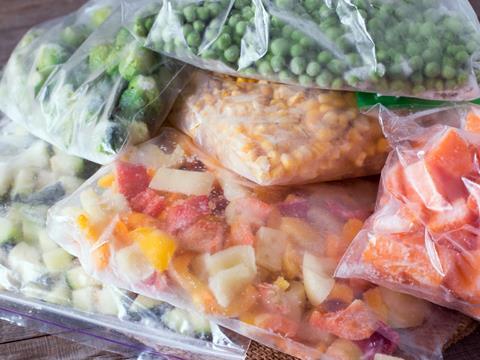
CEFLEX and the Alliance to End Plastic Waste (AEPW) have unveiled the ValueFlex sorting and processing model in an attempt to tackle hard-to-recycle flexible plastics in household waste streams; the companies anticipate that, by working towards a commercial-scale facility, they can process 50,000 tonnes of household flexible plastics starting in 2025.
It is claimed that flexibles are difficult to mechanically recycle due to being lightweight, complex, and often contaminated from food contact applications. Solutions to the problem are said to be limited to processing the films used in retail and commercial product deliveries and the segregated collection of plastic bags – restrictions that the new technology hopes to overcome.
Developed with consultation from Roland Berger and HTP Engineering, the ValueFlex has reportedly completed semi-industrial trials and aims to be implemented at commercial scale. CEFLEX and AEPW are inviting expressions of interest to build a first-generation ValueFlex facility in Europe with an anticipated annual processing capacity of 50,000 tonnes.
Roland Berger’s pre-feasibility study suggests that the solution with meet market demand for high-quality post-consumer mechanical recyclate and feedstocks for chemical recycling.
“Flexible plastic packaging is one of the more challenging types of material to process and recycle, and there are urgent calls to accelerate solutions in this space,” said Nicholas Kolesch, vice president of Projects at AEPW. “The ValueFlex concept has tremendous potential to support a circular economy for plastic waste by enabling the recycling of household flexible packaging waste at scale and fulfilling the burgeoning demand for high quality post-consumer recyclate.”
Martyn Tickner, chief advisor for Circular Solutions at AEPW, added: “By improving the value and flexibility of sorting and recycling processes for polyolefin-based flexible packaging, we can support market demand for high-quality post-consumer recyclates from mechanical recycling and feedstocks for chemical recycling.”
“Today, we have a fresh technical and operational proposal and are launching a call for expressions of interest for investors and partners to build and operate a first-generation commercial-scale ValueFlex plant. Together, the project partners will work with successful bidders providing expertise and relevant support to make it happen,” said Dana Mosora, workstream consultant at CEFLEX.
CEFLEX has also been testing whether Near Infrared technology can be used to sort multi-layer flexible packaging structures.
Pellenc ST’s newest instalment of Xpert technology has combined a dual-energy transmission X-ray with machine learning with the aim of improving sorting technology in metal and e-scrap waste streams.
Brand owners such as PepsiCo, Danone, and Procter & Gamble joined Radboud and Ghent Universities and NTCP earlier this year to form the Perfect Sorting Consortium. Together, the companies aim to create an artificial intelligence decision model to facilitate the separation of difficult-to-sort waste.












No comments yet